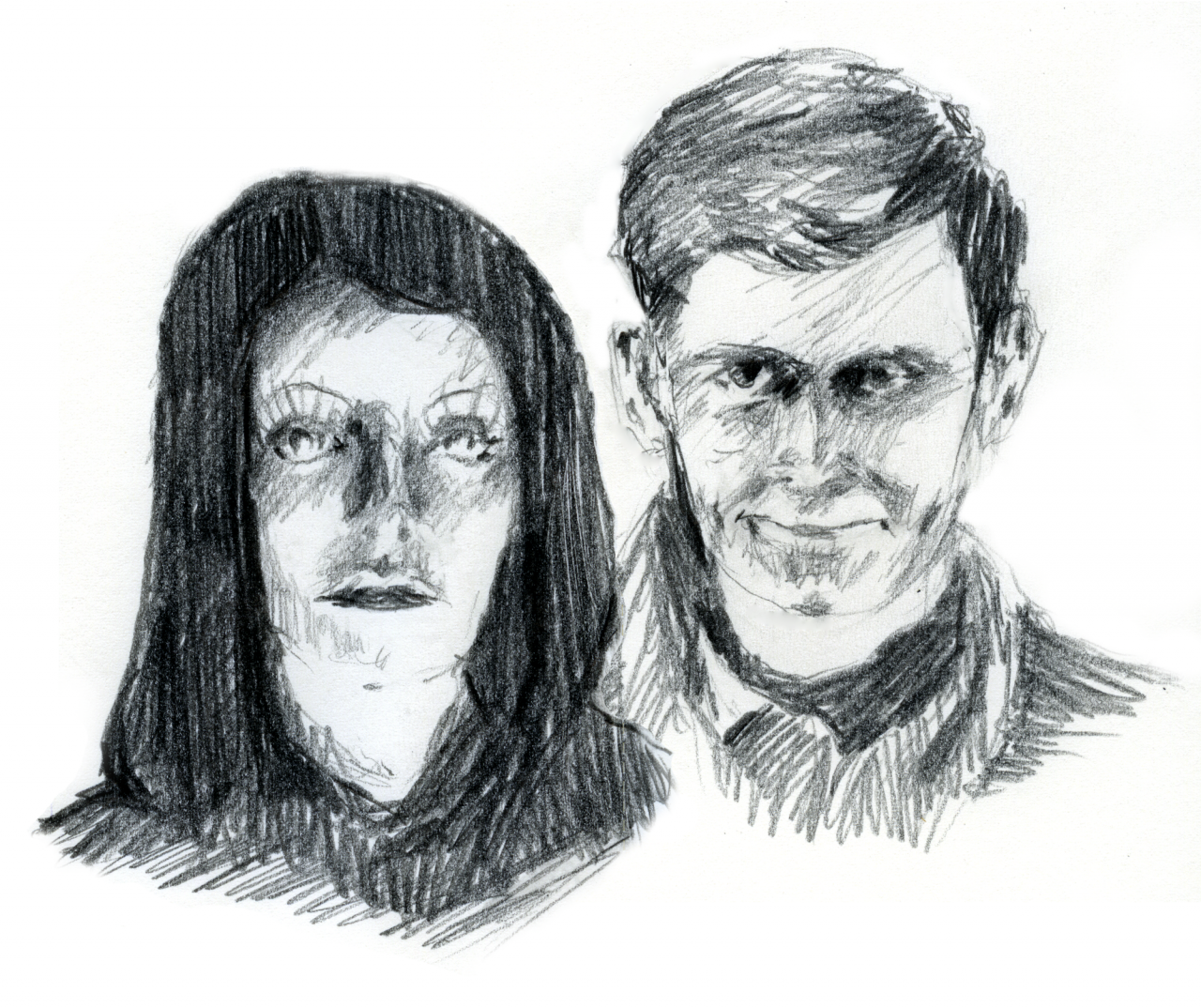illustration by Kate Nuelle
When modern audiences look back on classic horror movies, there’s a general consensus that these films are no longer scary. It makes sense when the horror films of today are explicitly gory and depict heinous acts of violence and manipulation. Horror movies like The Bride of Frankenstein, Dracula’s Daughter and Psycho are nowhere near as violent or shocking, yet just below the surface, there is a different kind of horror, one that unfortunately has lasting repercussions in our society today.
It is impossible to discuss the queer coding of classic cinema without first talking about the Hays Code. In place from 1930 to 1967, the Hays Code dictated what was allowed to be shown on the silver screen. The Hays Code sought to uphold “the sanctity of marriage and the home,” which in reality barred anything remotely queer from being shown on screen. This resulted in many directors’ having to get creative with how they expressed that a character was queer; by way of queer coding, directors began using certain characteristics to imply that a character was queer.
In 1931, James Whale directed Frankenstein, and upon its success, he also directed the 1935 sequel, The Bride of Frankenstein. In this sequel, Frankenstein is approached on his wedding night by Dr. Pretorius who asks Frankenstein to come with him to the lab to once again create life, a bride for Frankenstein’s monster. There is something inherently queer about Frankenstein abandoning his new bride before they can consummate their marriage to go create a life with another man, and the original cut of the film expanded on this even more. It was made obvious that the heart of the bride was taken from Frankenstein’s wife; enforcers of the Hays Code argued that this male-male procreation was prioritized over and caused the destruction of Frankenstein’s heterosexual marriage — something that directly conflicted with the Hays Code’s protection of “the sanctity of marriage.” The ending of the film was changed to allow Frankenstein and his wife to escape the burning lab containing the monster, the bride and Dr. Pretorius, thus killing anything queer.
In 1936, another film ran into issues with the Hays Code: Lambert Hillyer’s Dracula’s Daughter. This film had issues with the Hays Code before filming even started. For context, this film follows Countess Marya Zaleska, the daughter of Dracula, as she seeks to free herself from the curse of vampirism and preys on the young women of London in the process. Due to the scenes of Marya “seducing” young women, the enforcers of the Hays Code demanded that a majority of the script be reworked “to avoid any suggestion of perverse sexual desire on the part of Marya.” This, however, did not stop queer coding to make it into the final cut of the film or prevent critics from picking up on the obviously queer Marya. As with all queer-coded villains or monsters of this time, Marya is killed in the end after she kidnaps the wife of a psychiatrist. Also, as with most early depictions of vampires, Marya is shown to be predatory and exploitative of young women, which feeds into the predatory stereotypes of queer women.
Alfred Hitchcock’s 1960 film, Psycho, is probably the most obvious in its queer coding. The monster of the film, Norman Bates, is shown to be overly attached to his mother in a way that, during this era, was practically synonymous with being queer. In the film, Norman’s dialogue shows a man who feels trapped in his life. In a scene between Norman and his soon-to-be victim, Marion Crane, about feeling trapped, he says, “I think that we’re all in our private traps… and none of us can ever get out. We scratch and we claw but only at the air, only at each other, and for all of it, we never budge an inch.”
When people begin to investigate Marion’s death, her sister attempts to bribe Norman with money, saying that he could start over in a new town where people might accept him for who he is. Without ever mentioning that he is queer, Norman conveys the struggle of closeted members of the LGBT+ community or of those living in unaccepting homes. Despite the problematic aspects of queer coding in horror, it does give us interesting opportunities to examine the queer experience.
Even 53 years after the Hays Code was discarded, queer characters are a rarity on screen, especially those that are not killed off or demonized. In the real world, we are thought to be the villains as homophobia and transphobia still run rampant. In 39 states, the LGBT+ Panic Defense is still a valid defense in court, meaning that a murderer of an LGBT+ person can claim that panic and fear are the reasons for their assault and walk free. Of course, it is not solely the Hays Code that contributes to lasting homophobia and transphobia, but we must continue to be vigilant about the media we consume and be cognizant of the implicit messages we absorb.






